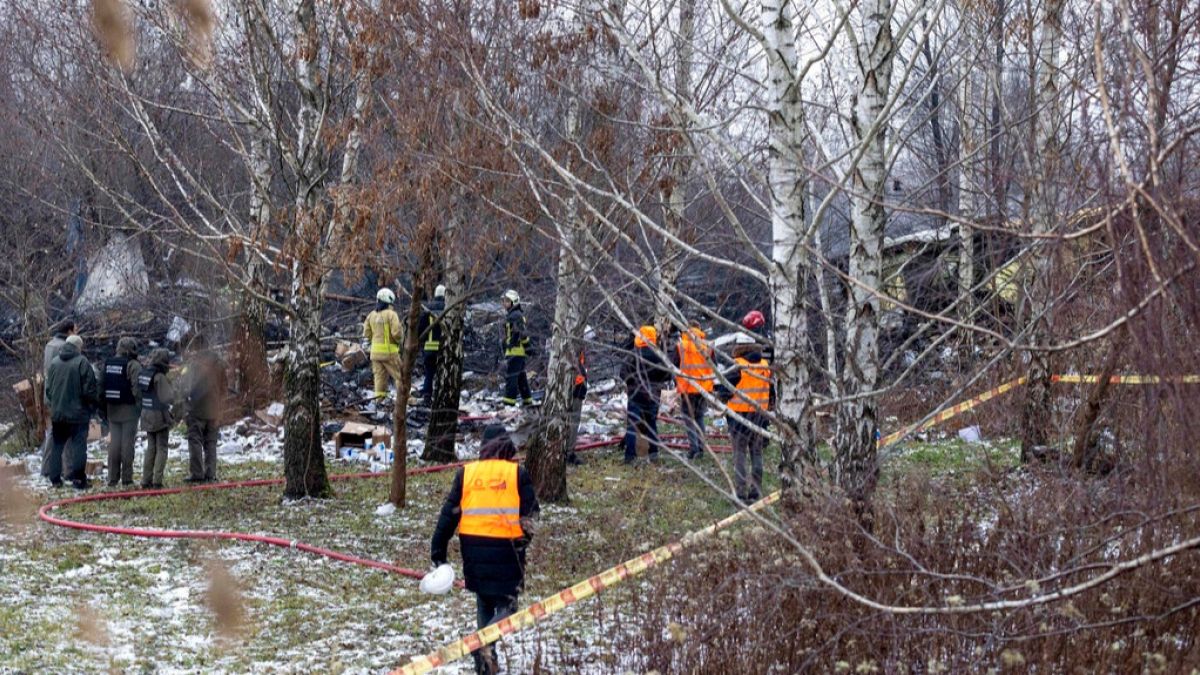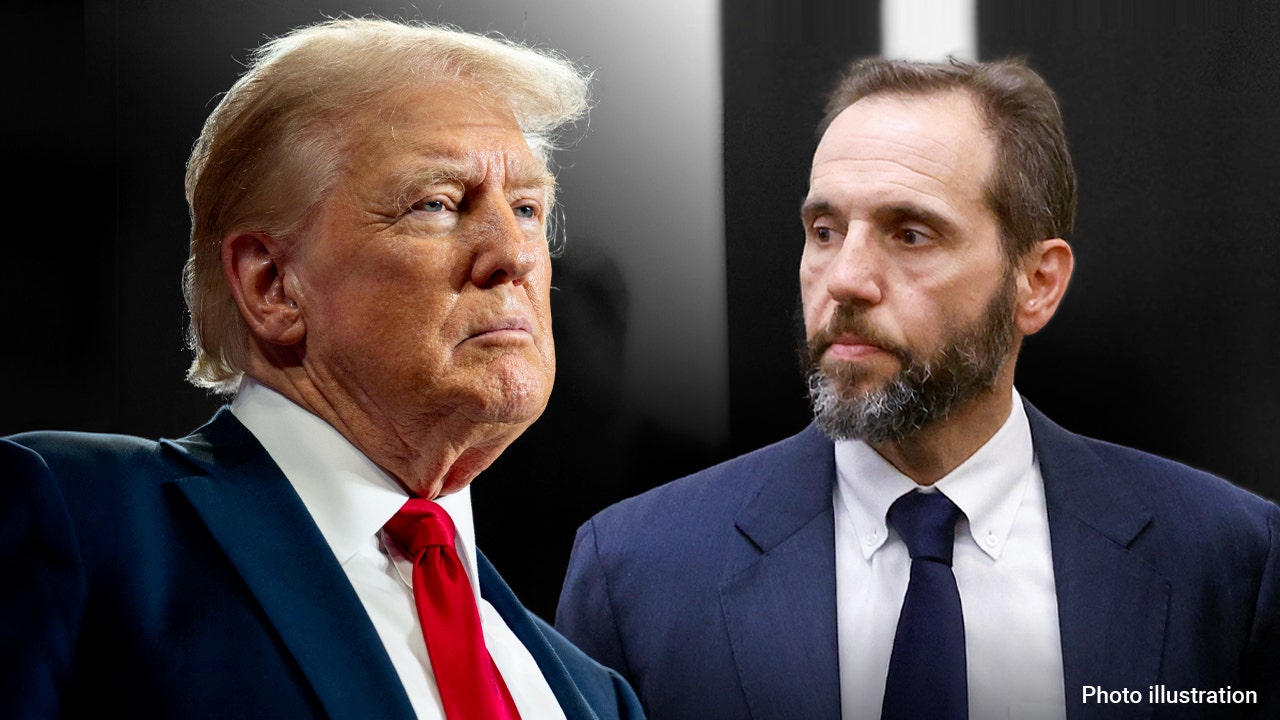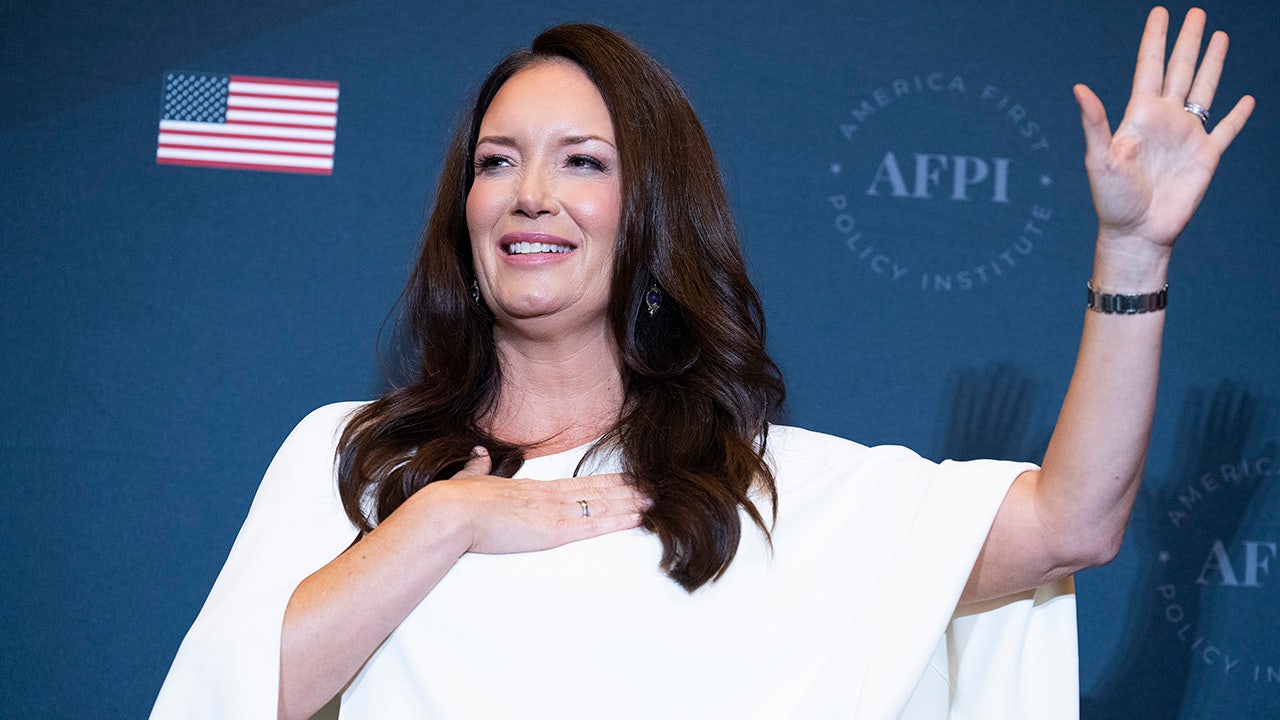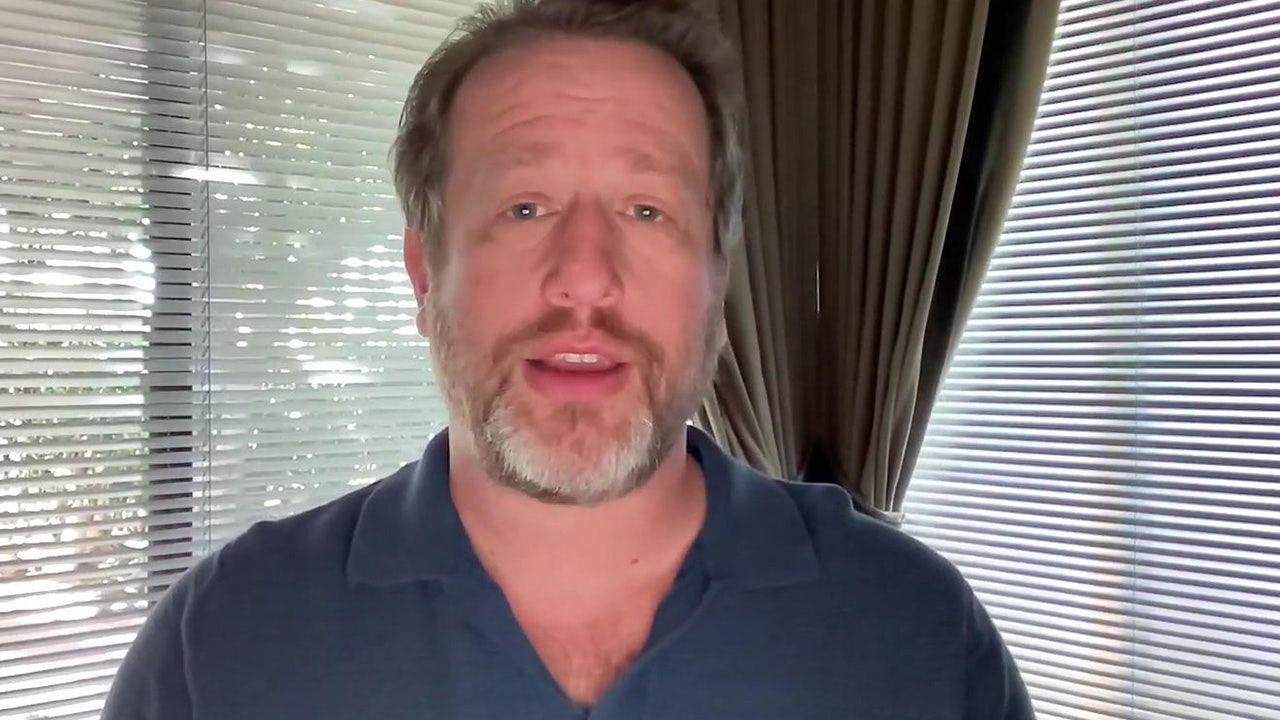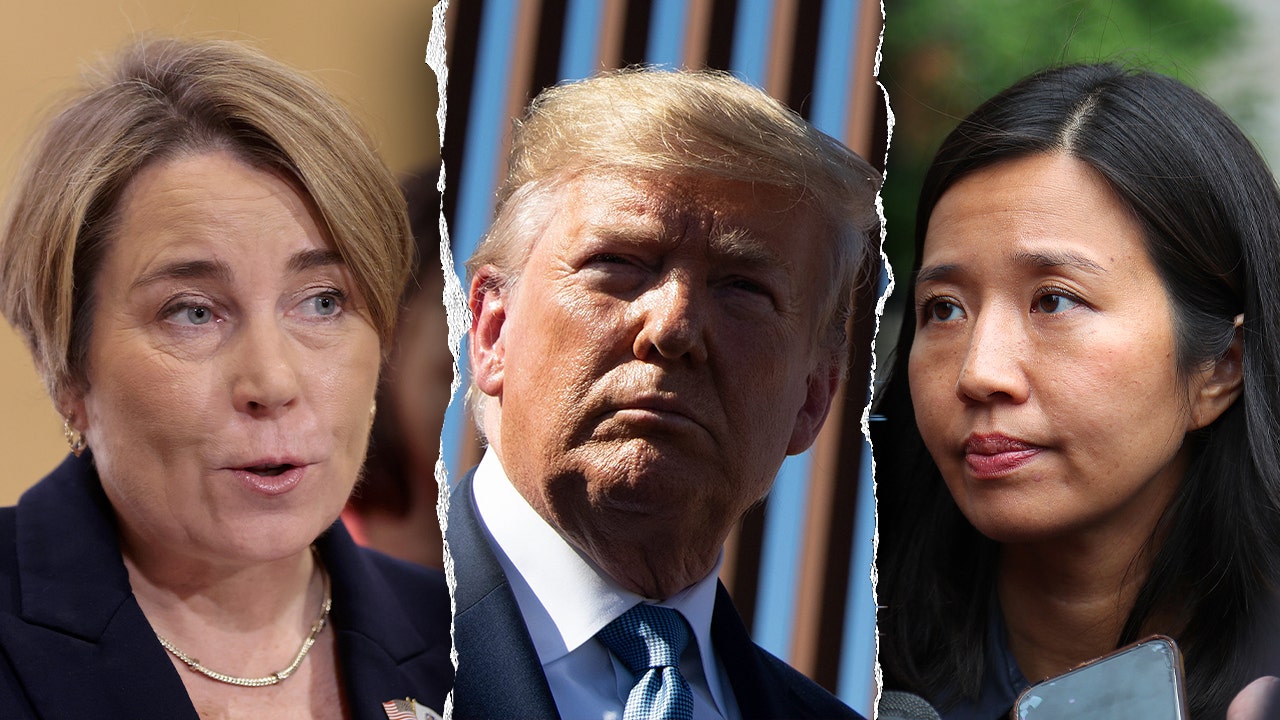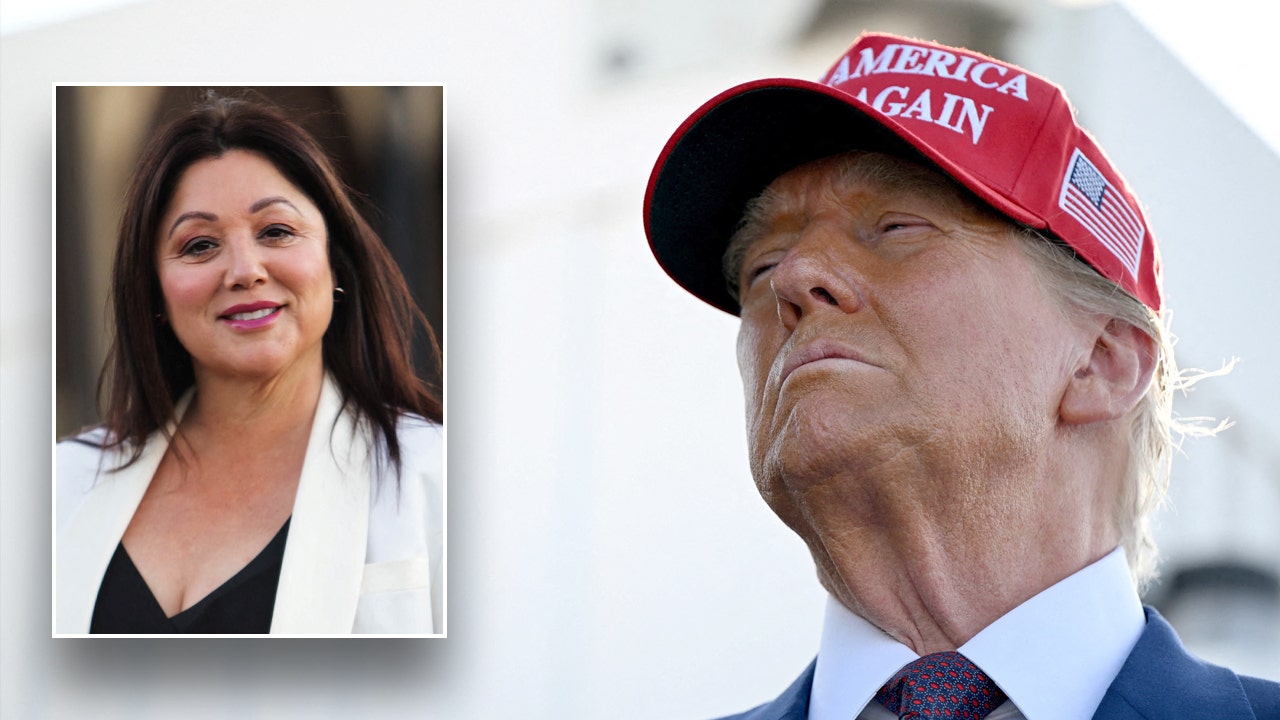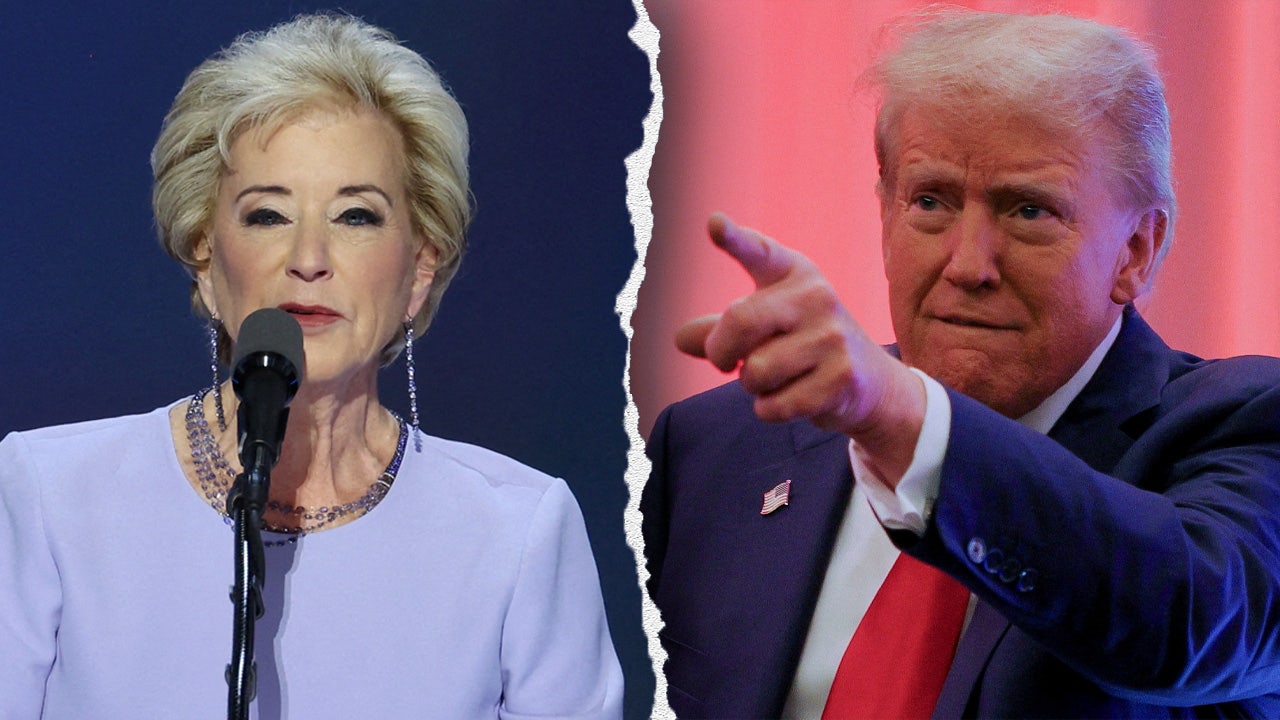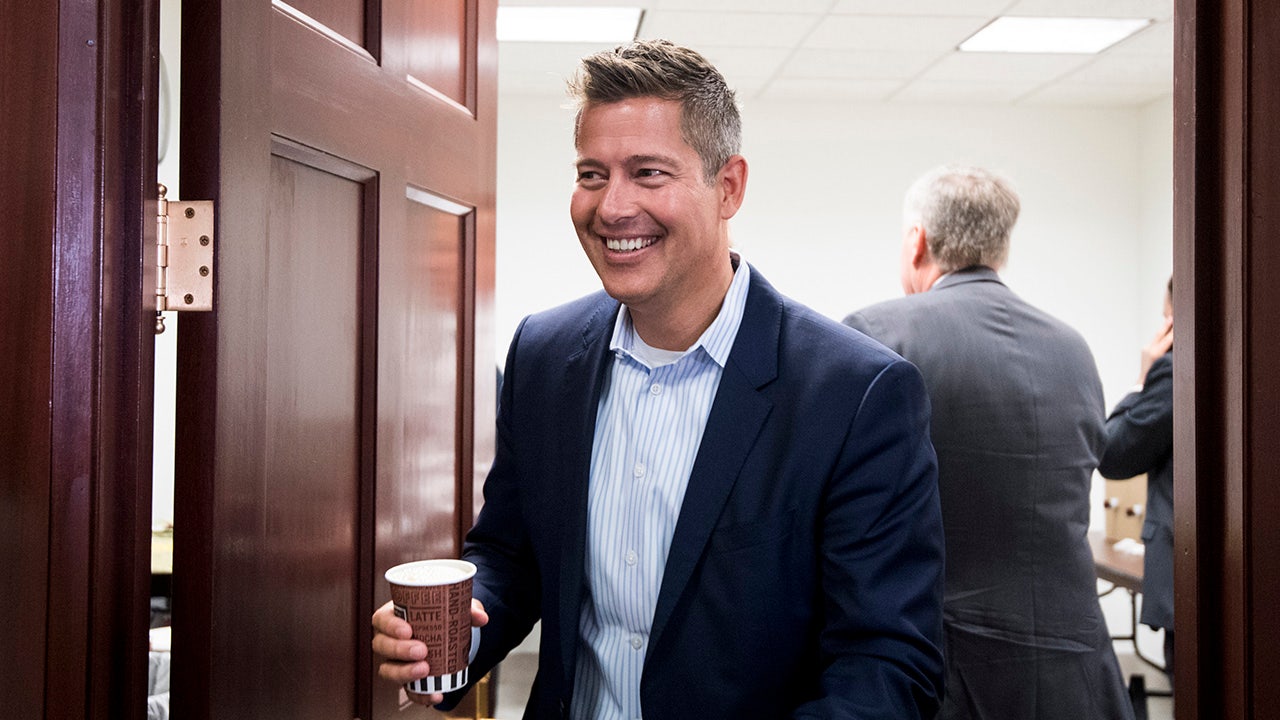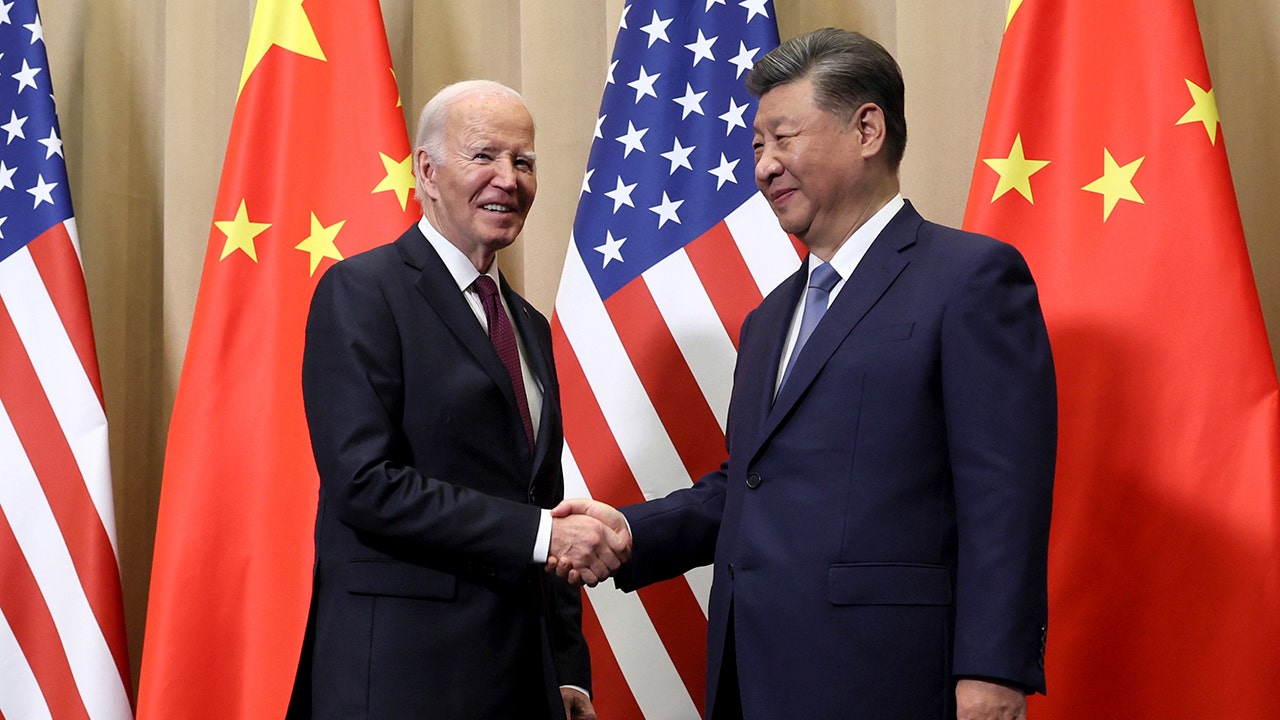Former President Donald Trump’s team has blown past a pair of key deadlines for his presidential transition in a break from precedent that could have longterm national security ramifications.
With just over 100 days until a new president is inaugurated and less than a month until Election Day, delays in the transition planning could pose challenges for a peaceful transfer of power.
In an environment of intense polarization and mistrust, Max Stier, the president and CEO of the nonprofit and nonpartisan Partnership for Public Service, starkly warned that transition activities are “optional at real risk.”
“You’re going to need to engage, and if you don’t engage, that will really put our country in jeopardy,” he said, in reference to the Trump campaign, which has not yet entered formal transition agreements with the federal government.
The next president will face major issues at home and abroad: the aftermath of a devastating hurricane season, an escalating conflict in the Middle East and economic uncertainty. The aim of a presidential transition is to ensure that new leadership is able to hit the ground running on day one.
“Smooth transitions increase the likelihood of smooth presidencies,” said Chris Lu, the executive director of former President Barack Obama’s 2008 transition.
Led by the White House Office of Management and Budget and the General Services Administration, transition planning began before the Republican and Democratic parties had selected their 2024 nominees – Democrats’ last-minute change atop the ticket notwithstanding.
Representatives from the Harris and Trump teams met separately with representatives from the Biden administration in recent weeks ahead of a pair of deadlines aimed at kicking off the process. Trump’s transition team is chaired by Linda McMahon, who led the Small Business Administration through his first term, and Cantor Fitzgerald CEO Howard Lutnick. Harris has selected the same person who led the process for President Joe Biden, Yohannes Abraham, the former Indonesia-based ambassador to the Association of Southeast Asian Nations.
By September 1, both campaigns were expected to sign a memorandum of understanding with the GSA that gives them access to office space, communications, equipment and IT support. The campaigns are also expected to submit an ethics plan and to identify the initial people who would need security clearances to begin receiving classified information during a transition.
“To date, GSA has entered into an MOU with the Harris transition team outlining the terms for space and services, and is prepared to provide services to the Trump transition team once an MOU is executed and services are accepted,” a GSA spokesperson said.
The Harris team has also submitted its ethics plan; the Trump team has not.
“So much of what they will need in order to be prepared to run our government depends upon having access to information and resources that are dependent upon that MOU,” Stier said, adding, “The clock is running, and there are things they aren’t getting.”
The Trump campaign did not respond to CNN’s requests for comment.
The federal transition coordinator, a White House spokesperson told CNN, is “actively working” with the former president’s transition team to complete its MOU.
By October 1, both the Harris and Trump campaigns were expected to sign a separate memorandum of understanding with the White House detailing the terms of access to agencies, including personnel, facilities and documents.
The Harris campaign and White House completed their MOU shortly after the October 1 deadline. Trump’s transition effort has yet to sign on, though Stier indicated conversations are ongoing.
But the delay is a departure from how Trump’s team approached the transition in 2016, when former New Jersey Gov. Chris Christie started leading it in May. Days after Election Day, Trump replaced Christie with Vice President-elect Mike Pence, but by then, Christie had already laid significant groundwork for Trump, engaging with the Obama administration and crafting landing teams and blueprints for each federal government department.
The Biden administration began preparing for this transition in 2023, starting with the appointment of a federal transition coordinator, a senior career official who serves as the main liaison between the candidates and eventual president-elect. Activity picked up in early 2024, and in April, OMB issued a memo to each federal government agency laying out what needed to be done.
The Agency Transition Directors Council, co-chaired by OMB deputy director Jason Miller and the GSA’s federal transition coordinator, Aimee Whiteman, began meeting monthly with career representatives from each agency.
Career officials – of which there are more than 2 million – generally serve from administration to administration, while political appointees – of which there are about 4,000 – serve under one president and resign at the start of a new administration, though they can stay if asked by the new team.
Every government agency was required to identify a succession plan for all of its senior political officials by September 15. And by November 1, each agency must have briefing materials prepared for the eventual president-elect’s team.
The goal of those briefing materials is “to help inform the next administration about what is facing them coming in, what the problems are, what the administration has done to address them, and where they think priorities should be in the future,” according to Valerie Boyd, director of the Center for Presidential Transition at the Partnership for Public Service.
Those materials focus less on policy and more on organizational structure, logistical information, and topics like budget processes and the distribution of political appointees. The memos and briefing materials serve as a “useful guide” to help organize the expected conversations between the Biden administration and the next administration’s transition team, a senior administration official told CNN.
While organizations like Stier’s have worked to institutionalize the transition process in recent years, the specter of partisanship looms large, leading to questions of how – or whether – such briefing materials would be used by a future administration.
Several Biden appointees who also served under Obama have suggested their experience preparing the 2016 transition has provided both muscle memory and a cautionary tale: Hours spent preparing memos and briefings could be met by an incoming administration that has no desire or need for them.
“We were waiting for the phone calls [from the Trump team], waiting for people to show up, and they never did. They never took our memos,” says one senior official who has served under both Biden and Obama. The Trump campaign, this official said, has “not shown any indication they want to use anything that we provide to them.”
In a scenario where Harris wins the election, much of the institutional knowledge of the current administration would remain intact, not unlike when Obama won reelection in 2012.
“You’re kind of in a funny situation now, where one side may not want the briefings. The other side doesn’t really need the briefings because it’s a friendly takeover,” a former Democratic transition official told CNN.
Every election cycle has its idiosyncrasies, with Democratic operatives pointing to 2008 as the last time a transition appeared straightforward. The Bush administration conducted briefings with the Obama and John McCain campaigns together, sources said, and the materials were not only prepared but fully utilized as the Obama administration sought continuity in rescue programs assembled to stem the fallout of the Great Recession.
“We were facing rising unemployment and crises in the housing, financial and auto industries,” said Lu, Obama’s 2008 transition director. “Our top priority was formulating a comprehensive recovery plan that could begin stabilizing the economy once we took office.”
In 2020, Biden’s team conducted pandemic-era transition planning nearly entirely remotely. But Trump’s team leaned on a little-known procedural step known as “ascertainment” to significantly delay the incoming administration’s access to briefings and other resources, which Biden officials said impacted its ability to receive information on key national security areas.
In 2000, as the Supreme Court awaited a recount in Florida, neither George W. Bush’s nor Al Gore’s teams were participating in a transition, something the 9/11 Commission Report found was a contributing factor to the September 11, 2001, terror attacks. Congress enacted some changes to the Presidential Transition Act to address this matter in 2022, shifting some responsibility away from the GSA.
If the election’s outcome is unknown for five days, the revised law states that access to federal agencies will officially open up to more than one eligible candidate – meaning that both Trump and Harris’ teams would participate in transition activities.
“Federal agencies need to be prepared to provide equal access to information to two candidates’ teams if the election outcome is unknown on November 10,” said Boyd.
Trump’s and Harris’ plans
Trump has also indicated that he plans to enact sweeping changes for career officials in federal government, including changing thousands of those jobs into politically appointed positions, CNN has reported. Policy experts have warned that federal workers could be fired unless they put loyalty to Trump ahead of serving the public interest.
Those experts warn that the moves would hollow out and politicize the federal workforce, force out many of the most experienced and knowledgeable employees, and open the door to corruption and a spoils system of political patronage.
One key question facing Harris, should she win, is if or how she plans to leverage the existing political appointees – including Cabinet officials – from the Biden administration.
“There are some strong reasons why continuity would help her, including the fact that if you’re a Senate-confirmed leader in the government and the Biden administration, you do not have to be reconfirmed for that position in a potential Harris administration,” Stier said.
Given expected tight margins in the Senate, that could have advantages for Harris.
Three people familiar with the vice president’s planning said that her transition apparatus will not be making personnel decisions before the election, acknowledging that the composition of the Senate will have significant bearing on whom she selects for certain roles.
Harris has made one commitment thus far: To appoint a Republican to her Cabinet.
Read the full article here



